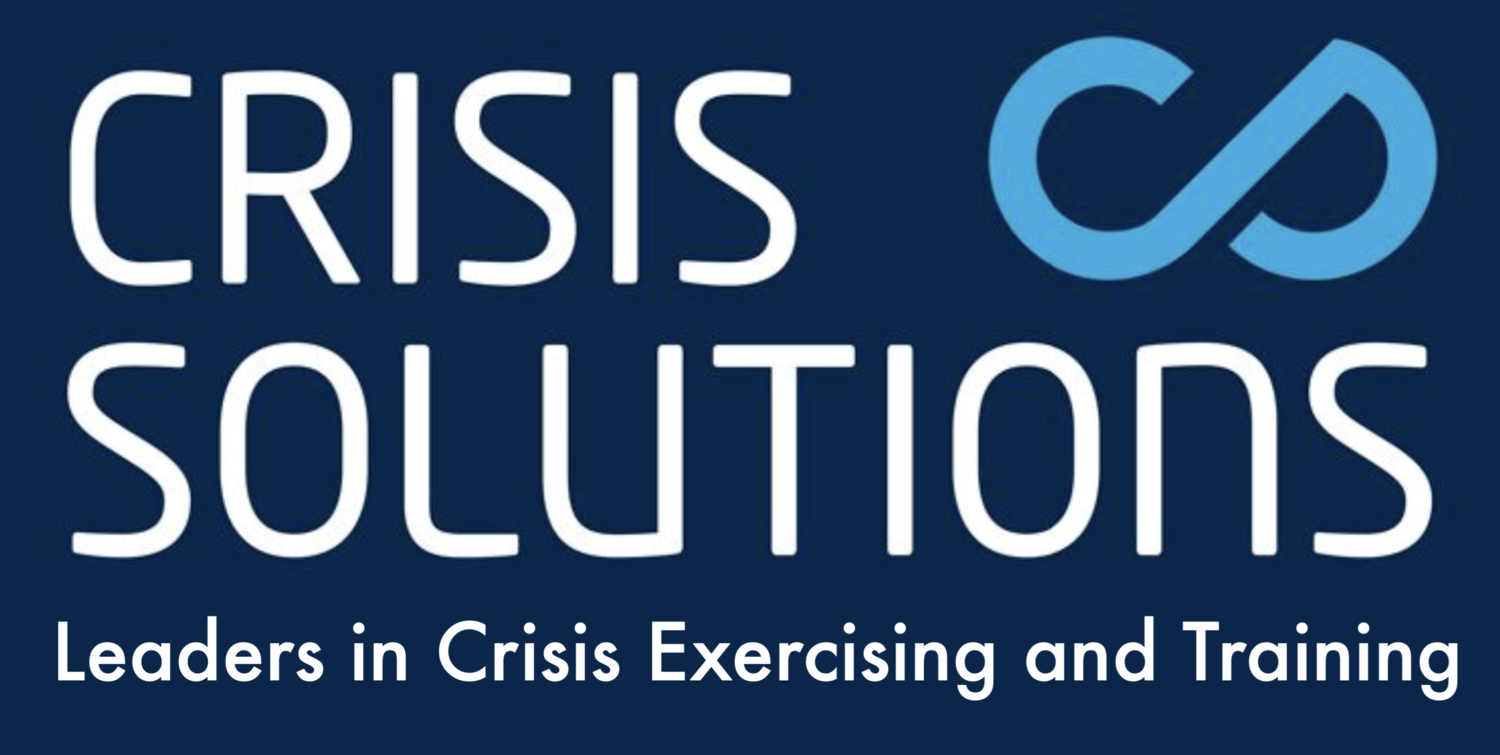‘Chernobyl’: A crisis management masterclass (2)
In my previous blog, I looked at some of the learnings we, as business continuity and crisis managers, can draw from Sky Atlantic’s hard-hitting drama ‘Chernobyl’ - depicting the 1986 nuclear power plant disaster.
We’ve looked at some of the cultural problems that hindered the teams dealing with the crisis. And we examined the way that a lack of an understanding of an organisation’s crisis ‘triggers’ can hamper an understanding of whether or not we are in a crisis.
During the Chernobyl crisis one might argue that there was a slim possibility that experienced engineers ‘winging it’ on the day might have made the best possible decisions, but in order to do so they would need to have perfect information about what was going on. During the early phases of the meltdown of the power station, engineers relied on equipment that consistently showed a radiation reading of 3.6 roentgens per hour (‘R/h’).
Only later did engineers realise that the widely reported reading of 3.6 R/h was the maximum on the scale of their measuring equipment. Once more sophisticated equipment had been acquired the true radiation reading was found to be 20,000 R/h.
The lack of good information can often lead to another dangerous characteristic in a crisis - denial. The Chernobyl engineers, management, committees and even the Soviet President refused to contemplate that the unthinkable had happened and that the nuclear core had exploded. Only when somebody questioned this - using evidence that pieces of graphite from the core were being found in the rubble outside - did they realise that the core had been blasted to bits and they were facing once of the worst crisis in the history of nuclear production.
Media scrutiny in the USSR era was very different from the world today. The Soviet party closely controlled the press, suppressing stories damaging to the party or reflecting poorly on the fallibility of the state. This worked for a few days at Chernobyl, until scientists over 600 miles away in Sweden noticed an increase in radiation and began investigating. Eventually the Soviet President was forced to admit that the nuclear fallout was affecting a massive area. Today an organisation can expect massive scrutiny during a crisis. This is likely to come not only from the media, but also from regulators, social media, customers and even an organisation’s own employees. Scrutiny in itself is not necessarily a bad thing, but when combined with a lack of information - the ‘full picture’ it can lead to people making hasty decisions.
The employees at the Chernobyl plant didn’t have to worry about media comment - but the pressure of scrutiny from senior management was intense. This also led to a situation where employees were reluctant to admit mistakes for fear of blame. In an environment where people’s lives are at risk this can be dangerous. It can lead to ‘cover ups’ and a failure to learn from ‘near misses’ - rendering improvement impossible. If the TV drama is to be believed, almost all the early exchanges with management featured a promise to find out the names of those responsible as soon as possible.
A further feature of almost all crises is the pressure of time. During the Chernobyl crisis there was a danger that the water added to put out the fire would cause a further explosion - this time a massive steam blast affecting millions of people in USSR countries such as Belarus, Russia and the Ukraine.
From thinking that the extinguishing of the fire meant that the pressures were off, it soon became evident that the massive explosion was only days away. Workers had to act fast, in terrible conditions. Many died within days. Incredibly many knew they were going to die when they began the cleanup operation. When a crisis affects an organisation there will always be a huge pressure on resources. Usually this means a shortage of time, but it can also mean pressures on other resources, such a people.
This brings us to another requirement in any crisis - a clear strategic direction in the resolution. I like to call this ‘what does good look like?’. At Chernobyl ‘good’ might have meant limiting the risk to lives around the plant as soon as possible. But whilst the local town of Pripyat was evacuated within hours, the decision to evaluate the wider area - clearly at risk from the radiation-filled smoke and dust - was not taken for days. Were the management team working to a different strategy? Were they more concerned with protecting the reputations of the State, or of individuals? A clear strategy must be set at the outset of any crisis. And the strategy should be communicated clearly to all those involved in the crisis response. This helps everybody work towards a common goal and reduces the possibility of Silver and Gold teams constantly asking the crisis team “Shall I do x or shall I do Y?”
One final thought. The Chernobyl disaster was triggered by a standard ‘power outage’ test that went wrong. Poorly planned, poorly executed. The staff essentially threw the switch on the safety systems without making sure they could back out of the test process. A lesson for us all there, surely.
As we always say at Crisis Solutions: ‘Learn from a crisis before it happens, not after.’
Richard Whitby (MD)

